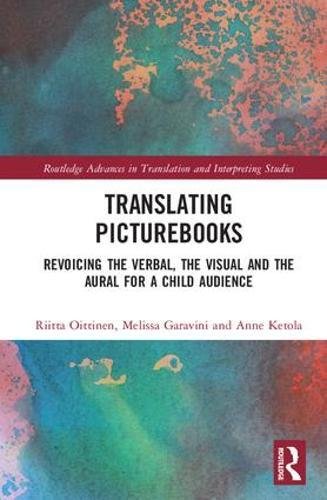

Most ebook files are in PDF format, so you can easily read them using various software such as Foxit Reader or directly on the Google Chrome browser.
Some ebook files are released by publishers in other formats such as .awz, .mobi, .epub, .fb2, etc. You may need to install specific software to read these formats on mobile/PC, such as Calibre.
Please read the tutorial at this link: https://ebookbell.com/faq
We offer FREE conversion to the popular formats you request; however, this may take some time. Therefore, right after payment, please email us, and we will try to provide the service as quickly as possible.
For some exceptional file formats or broken links (if any), please refrain from opening any disputes. Instead, email us first, and we will try to assist within a maximum of 6 hours.
EbookBell Team

4.0
56 reviewsTranslating Picturebooks examines the role of illustration in the translation process of picturebooks and how the word-image interplay inherent in the medium can have an impact both on translation practice and the reading process itself. The book draws on a wide range of picturebooks published and translated in a number of languages to demonstrate the myriad ways in which information and meaning is conveyed in the translation of multimodal material and in turn, the impact of these interactions on the readers’ experiences of these books. The volume also analyzes strategies translators employ in translating picturebooks, including issues surrounding culturally-specific references and visual and verbal gaps, and features a chapter with excerpts from translators’ diaries written during the process. Highlighting the complex dynamics at work in the translation process of picturebooks and their implications for research on translation studies and multimodal material, this book is an indispensable resource for students and researchers in translation studies, multimodality, and children’s literature.